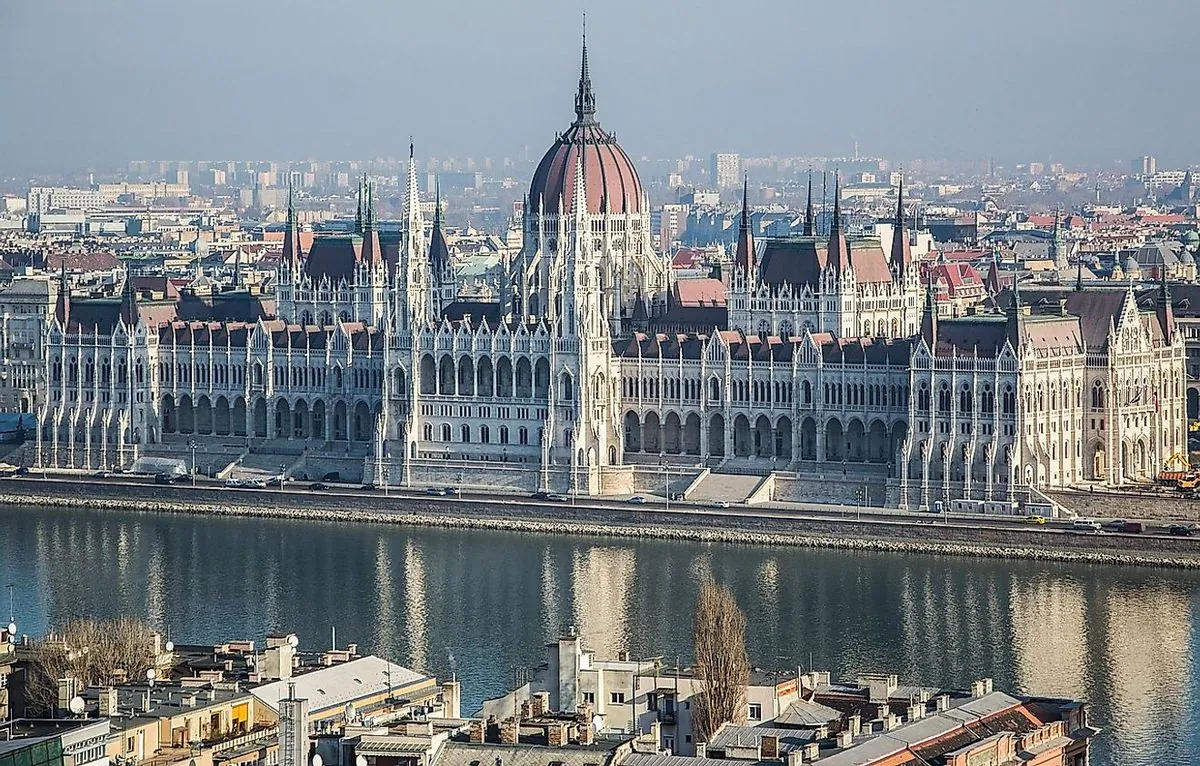Pakistan's Monsoon Toll Rises: 154 Dead, 1,500+ Homes Damaged
Monsoon rains in Pakistan have claimed 154 lives and damaged over 1,500 homes since July 1. Multiple regions affected as climate change intensifies annual weather patterns.

In the ongoing monsoon season, Pakistan faces significant challenges as heavy rains continue to impact various regions. Officials report that the death toll has reached 154, with over 1,500 homes damaged since the season began 38 days ago.
The annual monsoon, typically lasting from July through September, has affected multiple areas across the country. In the southwestern Baluchistan province, orchards have sustained damage, while the eastern city of Lahore has experienced flooded streets. The Pakistan-administered portion of Kashmir has also been hit hard, with landslides occurring in the mountainous terrain.
Punjab and Khyber Pakhtunkhwa provinces have reported the highest number of casualties. These regions, along with others, are grappling with the consequences of intense rainfall, which experts attribute to climate change.

Despite the current situation, this year's rainfall has been less severe compared to the devastating floods of 2022. Last year's climate-induced disaster submerged one-third of the country, resulting in 1,739 deaths and $30 billion in damages.
"While the current monsoon season has brought significant rainfall, it has not reached the extreme levels witnessed in 2022. However, we continue to monitor the situation closely."
Pakistan, the world's fifth-most populous country with over 220 million inhabitants, is particularly vulnerable to climate change despite contributing less than 1% of global greenhouse gas emissions. The country's diverse geography, ranging from the Himalayan mountains to coastal areas, exposes it to various climate-related risks.
The Indus River, Pakistan's longest waterway, is prone to flooding during monsoon seasons. To mitigate these risks, the country has been implementing flood management systems and constructing dams for better water control and storage.
Agriculture, which accounts for about 20% of Pakistan's GDP, is significantly impacted by these weather patterns. The country also faces water scarcity issues, with per capita water availability decreasing over time. The melting of Himalayan glaciers due to climate change further complicates water resource management.
As Pakistan continues to navigate the challenges posed by climate change and extreme weather events, the need for sustainable solutions and international cooperation becomes increasingly apparent. The country's efforts to adapt to these changing conditions will be crucial in safeguarding its population and economy in the years to come.


































